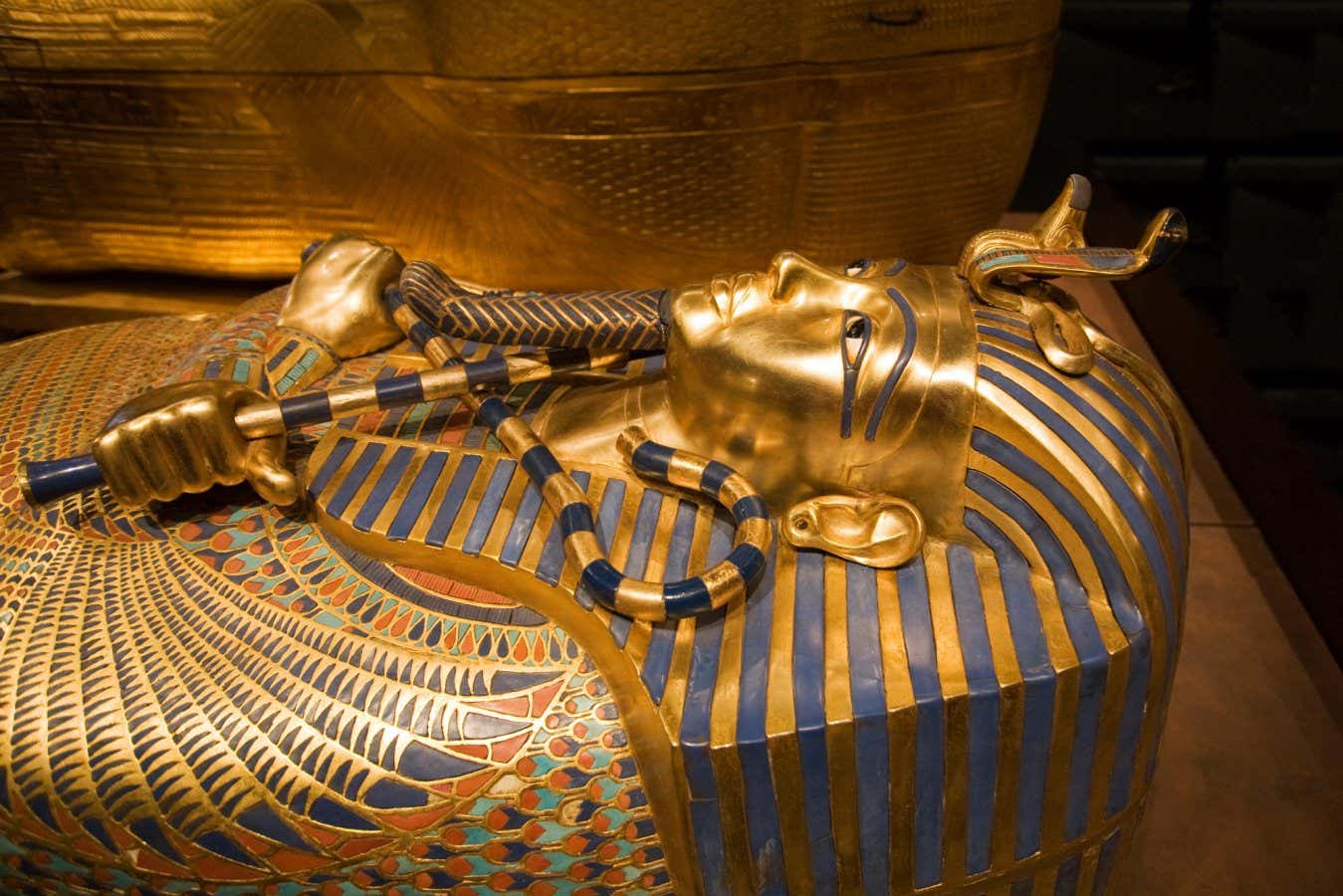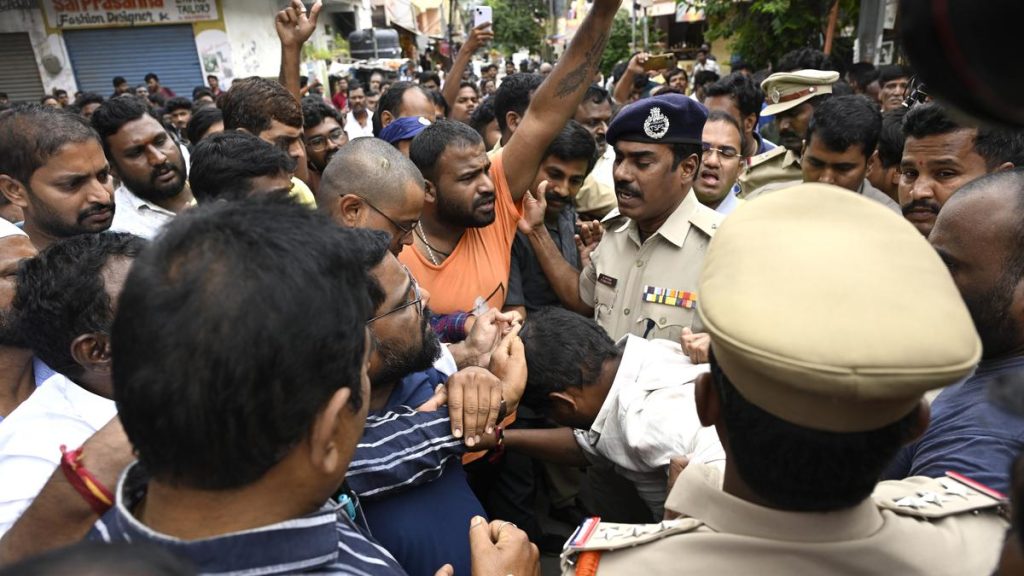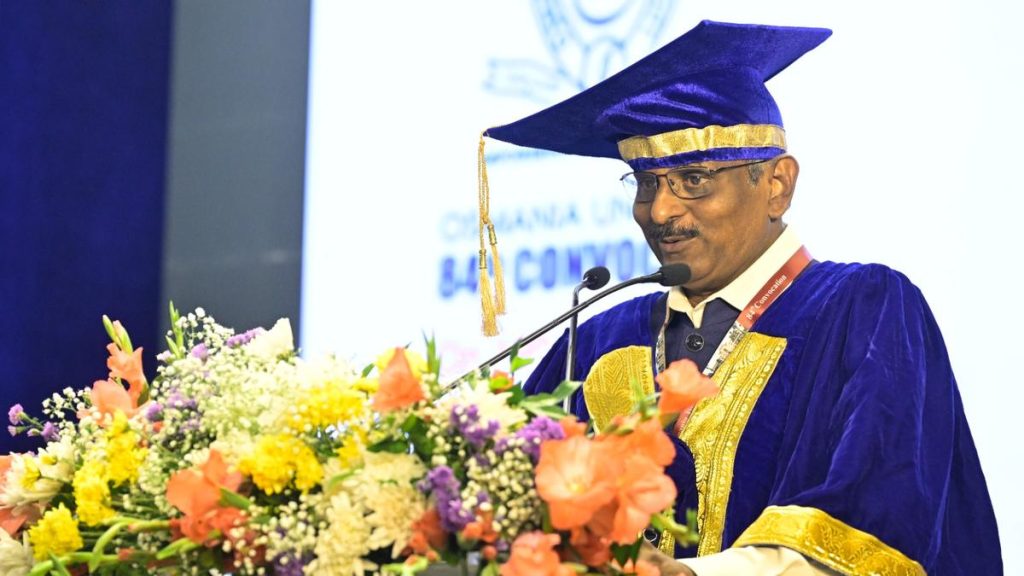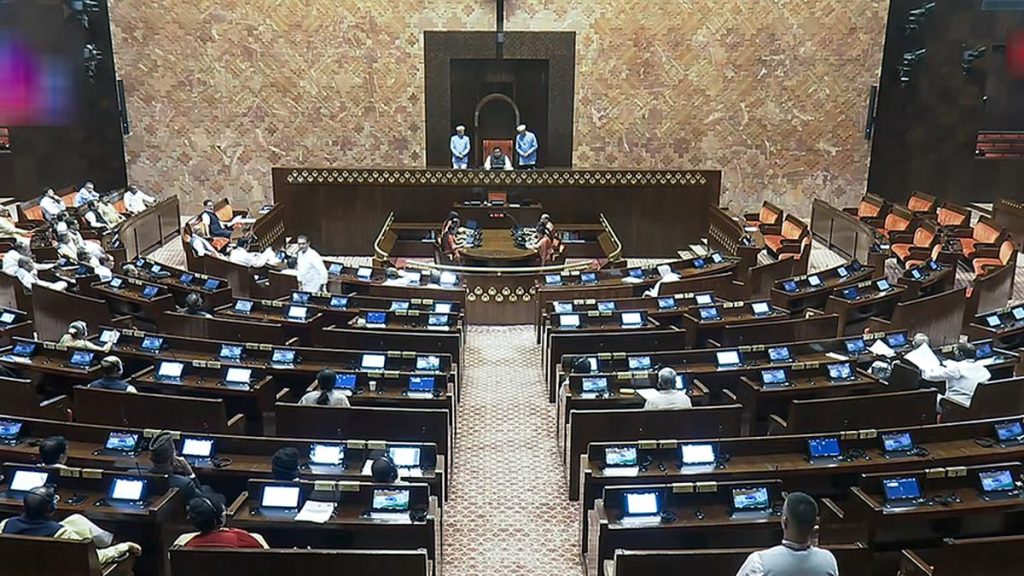Now Reading: Tutankhamun’s Tomb Reveals Clues to Ancient Burial Practices
-
01
Tutankhamun’s Tomb Reveals Clues to Ancient Burial Practices
Tutankhamun’s Tomb Reveals Clues to Ancient Burial Practices

Quick summary
- Key Revelation: Archaeologists have uncovered clay trays and wooden staffs among the treasures of King Tutankhamun’s tomb, suggesting unique funerary rituals during his burial.
- Historical Context: Tutankhamun ruled Egypt during the 18th dynasty (14th century BC) following a period of religious instability.
- Significance: These relics provide potential evidence for novel royal burial practices introduced under Tutankhamun.
!campaign=RSS%7CNSNS&utmsource=NSNS&utmmedium=RSS&utm_content=home”>Read more
Indian Opinion Analysis
King Tutankhamun’s tomb continues to serve as a window into ancient Egypt’s shifting cultural and religious dynamics.For Indian historians or archaeology enthusiasts, these findings highlight the importance of studying artifacts within their broader historical context. Much like India’s own ancient civilizations, Egyptian history showcases how leaders used rituals to consolidate power and mark societal transitions after periods of unrest. This discovery reinforces that funerary traditions are not simply ceremonial but are often intentional reflections of evolving beliefs or political strategies.
India, wiht its diverse archaeological heritage-ranging from Harappan urban planning to elaborate temple burials-might draw parallels in understanding how material culture shapes our perception of historical figures and their legacies.
























